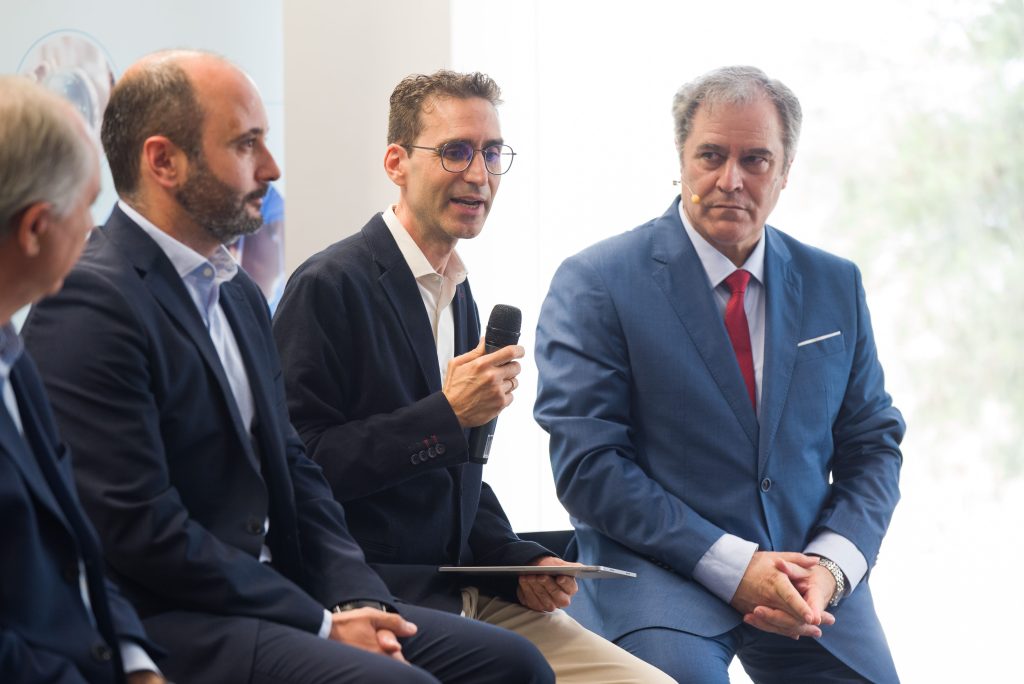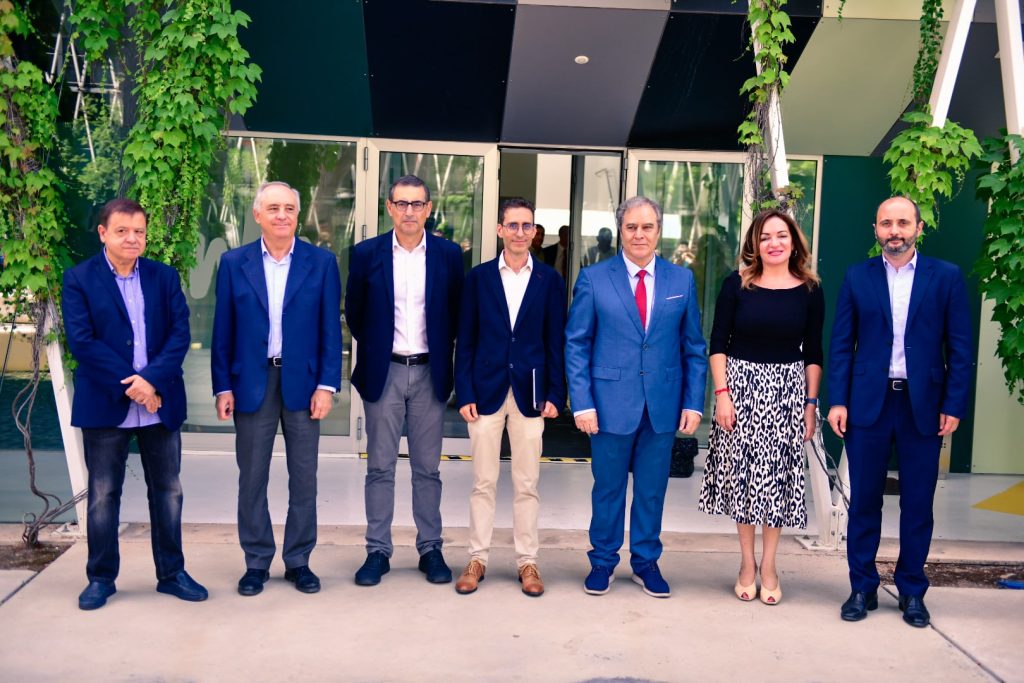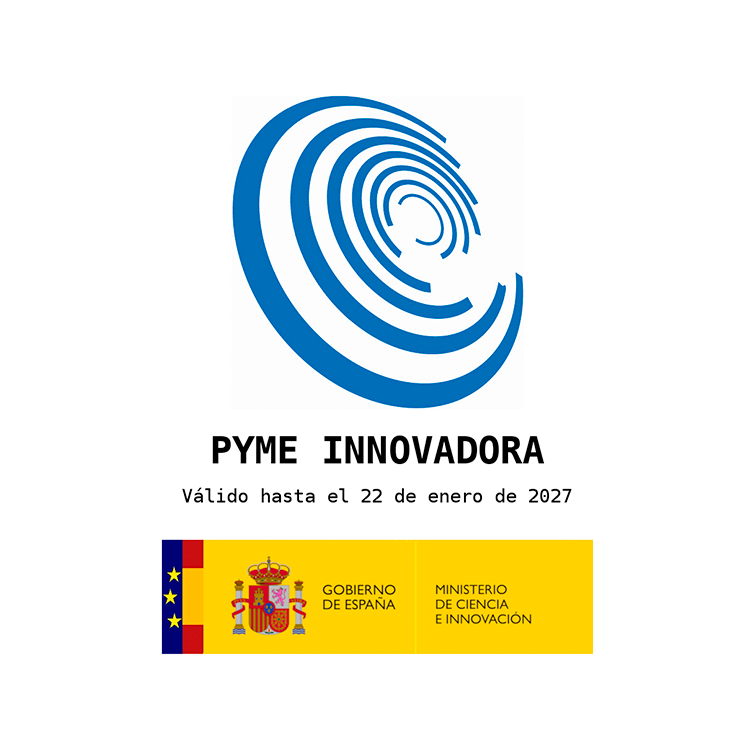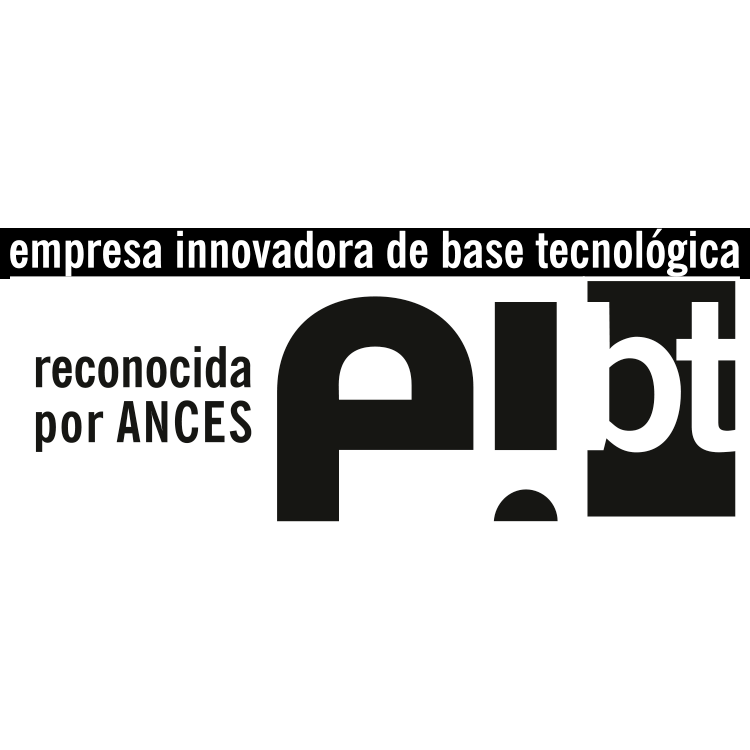The emerging biomedical company Viva in Vitro has moved from the Murcian Institute of Health Research (IMIB) to its new headquarters, inaugurated today at the Murcia Science Park. The event was chaired by the Chancellor of the University of Murcia, José Luján, along with the general director of Planning and Research of the Ministry of Health, Jesús Cañavate, and the director of the Institute of Development (INFO), Joaquín Gómez Gómez.
These new facilities mark a whole new stage in Viva In Vitro’s journey to the market: the technological development of a novel biomarker based technique and corresponding device. This first prototype will help obtain an early and accurate stratification and monitoring of sepsis. The technological demonstrator or alpha prototype is expected by the end of this year.

Viva in Vitro (vivaivd.com), the biomed company led by the internationally renowned scientist, Dr. Pablo Pelegrín, professor at the University of Murcia and deputy scientific director of the IMIB, inaugurated its headquarters and laboratories in the Murcia Scientific Park, today. The inauguration was attended by The University of Murcia Chancellor, José Luján and the director of INFO, Joaquín Gómez, who accompanied the principals of Viva, including its CEO, Mr. Joaquín Gómez-Moya and Dr. Pablo Pelegrín, scientific director of the IMIB, as well as Dr. Pablo Ramírez, scientific director of the IMIB and the director of the Foundation for Training and Health Research (FFIS), Mrs. Fuensanta Martínez. The event also featured an intervention by Mr. Jesús Cañavate, Director General of Planning and Research of the regional Ministry of Health. The executives and the technical team of Viva explained specific advances in microfluidics and in the detection of very specific forms of the NLRP3 biomarker. Next, they carried out some demonstrations in the laboratory area.
“NLRP3 is a molecular complex involved in action mechanisms related to various inflammatory reactions and processes in diseases, that is stirring great interest amongst the pharmaceutical industry and the venture capital community. During the development of the device, we have realized that we can go further as the pharmaceutical industry has demonstrated interest in the simple, cheap and scalable technique we are developing, because it would expedite the development of novel therapies in a number of indications. Our team is already working on its legal protection, regulatory aspects, and market overviews to guide the best market access strategy in such a complex industry,” highlighted the CEO of Viva in Vitro, Joaquín Gómez Moya.
About Viva in Vitro’s purpose and impact
The purpose of the startup is twofold: on the one hand, it aims to reduce death from sepsis, providing an accurate stratification of the patient, capable of identifying whether the patient is NLRP3-immunoparalized or not. And on the other hand, its purpose lies in being able to enable the development of therapies appropriate to every patient’s immune system condition. This is where the biomarker developed by Viva in Vitro plays a fundamental role.
Viva in Vitro emerged after identifying a need presented by certain patients suffering from complex cases of abdominal sepsis, with long hospital stays and who often end up dying. Sepsis or septicemia occurs when the patient’s response to an infection results in organ or multi-organ failure, with the possibility of death from this cause. With the project to manufacture the first prototype that will allow the application of a new system of biomarkers to patients, the purpose of Viva in Vitro is to reduce death from sepsis, stratifying patients early on, to be able to identify those who may develop complications, thus being able to offer new treatments and reduce hospital stays and mortality from sepsis.
The latest reports published by the World Health Organization (WHO) indicate that, due to sepsis or septicemia, 11 million people die every year, many of them children. The WHO also assures that almost half of the 49 million cases of septicemia worldwide occur in children, with 2.9 million deaths that could mostly be avoided through early diagnosis and appropriate clinical care and attention. Forward statement: Preliminary data from Viva in Vitro’s clinical proof of concept open the possibility that a better stratification and more prompt appropriate treatment of septic patients could lead to a reduction of a 25% in the ICU stay. These figures are yet to be confirmed by more extensive survey of clinical data.










